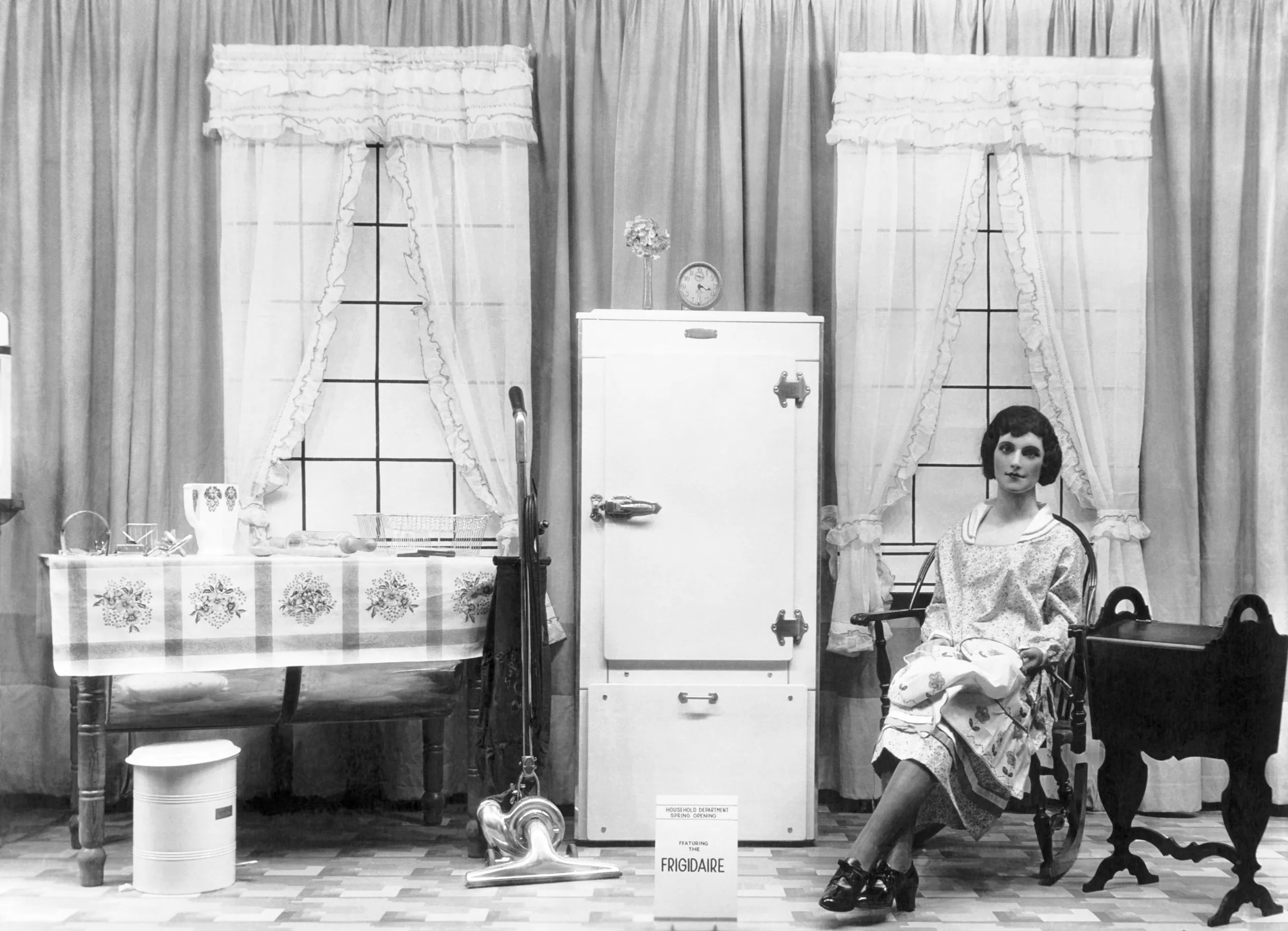

Articles
What Year Was The Refrigerator Invented
Modified: January 6, 2024
Discover the fascinating history of the refrigerator - from its invention to modern advancements. Read our articles to find out what year the refrigerator was invented and how it revolutionized the way we store food.
(Many of the links in this article redirect to a specific reviewed product. Your purchase of these products through affiliate links helps to generate commission for Storables.com, at no extra cost. Learn more)
Introduction
Refrigeration is an essential part of our daily lives, helping us keep our food fresh and extending its shelf life. But have you ever wondered when the refrigerator was first invented? In this article, we will delve into the fascinating history of refrigeration, exploring its evolution from early food preservation methods to the invention of the first refrigeration machines. Join us on this journey as we discover how refrigeration has revolutionized the way we store and consume food.
Key Takeaways:
- The invention of refrigeration revolutionized food preservation, from early methods like drying and pickling to the development of efficient refrigeration machines. This innovation improved food safety, reduced waste, and transformed the way we store and consume food.
- Modern refrigeration innovations, such as eco-friendly refrigerants, smart features, and energy-saving technologies, continue to enhance food preservation and storage. The future holds exciting possibilities for even more efficient and sustainable refrigeration solutions.
Read more: What Year Was The Television Invented
Early Food Preservation Methods
Long before the invention of refrigerators, humans devised various methods to preserve their food. These methods were crucial in order to store food for extended periods before the advent of modern-day refrigeration. Let’s take a closer look at some of the early food preservation methods:
- Drying: One of the oldest methods of food preservation is drying. People would dry foods such as meats, fruits, and vegetables under the sun or using smoke, reducing the moisture content and inhibiting the growth of bacteria and mold.
- Salting: Salting involved covering or immersing food in salt. The high salt content created an inhospitable environment for bacteria, thus preventing spoilage. This method was commonly employed for preserving meats and fish.
- Pickling: Pickling was another popular food preservation method. Food items such as cucumbers, onions, and fruits were submerged in a mixture of vinegar, salt, and spices, creating an acidic environment that hindered the growth of bacteria.
- Fermentation: Fermenting foods involved the conversion of sugars by microorganisms, such as yeast or bacteria, into alcohol or acid. This process not only preserved food but also imparted unique flavors and textures. Examples include sauerkraut, kimchi, and yogurt.
- Smoking: Smoking was an effective way to preserve foods, especially meats and fish. The application of smoke created a barrier against bacteria and insects, while also imparting a distinct smoky flavor.
These early food preservation methods helped communities store and consume food for longer periods, enabling them to survive during times of scarcity and harsh climates. However, these methods had their limitations, as the food would eventually spoil if not consumed within a certain timeframe. This led to the need for more advanced methods of preserving food and ultimately led to the invention of refrigeration.
The Concept of Refrigeration
The concept of refrigeration revolves around the principle of removing heat from a particular space to lower its temperature, thereby preserving the contents within. This idea has its roots in the early scientific explorations of heat and temperature.
One of the key contributors to the development of the concept of refrigeration was William Cullen, a Scottish physician and lecturer at the University of Glasgow. In 1748, Cullen demonstrated the first artificial refrigeration by using a pump to create a partial vacuum over a container of diethyl ether, causing the liquid to boil and evaporate, thereby absorbing heat from the surrounding environment.
Another significant figure in the history of refrigeration is Jacob Perkins, an American inventor who is credited with patenting the first practical refrigeration machine in 1834. His machine used compressed ether gas as a cooling agent, which would circulate through a closed system, absorbing heat and lowering the temperature.
The development of refrigeration technology was further advanced by the work of a French engineer named Ferdinand Carré. In 1858, Carré invented the ammonia absorption refrigeration machine, which utilized ammonia as a refrigerant.
These early advancements laid the foundation for the subsequent development of refrigeration technology. The concept of refrigeration gained wider recognition and acceptance, leading to further innovations in the field.
It is important to note that the early refrigeration systems were primarily used for industrial purposes, such as preserving perishable goods during transportation or in large-scale food processing facilities. It would take some time before refrigeration became accessible for household use.
As the understanding of refrigeration principles and technology expanded, inventors began to focus on creating more efficient, compact, and affordable refrigeration units that could be utilized in homes and smaller-scale settings.
Stay tuned for the next section, where we will explore the invention of the first refrigeration machines and their impact on commercial refrigeration and household adoption.
The First Refrigeration Machines
The invention of the first refrigeration machines marked a significant milestone in the history of refrigeration. These machines were designed to provide reliable and efficient cooling capabilities for various applications, including industrial, commercial, and eventually, household use.
One of the pioneers in the development of refrigeration machines was an American inventor named John Gorrie. In the 1840s, Gorrie designed and built a machine that used compressed air to create cooling effects. His aim was to provide relief from the hot and humid climate in Florida, as well as to preserve perishable foods and medicines.
Gorrie’s invention received recognition and he was granted a patent for his ice-making machine in 1851. However, due to financial constraints and skepticism from the public, his idea failed to gain widespread acceptance during his lifetime.
Another important figure in the development of refrigeration machines was an Australian engineer named James Harrison. In 1856, Harrison patented a vapor compression refrigeration system. His machine utilized a closed circuit of compressed ether to transfer heat and provide cooling. Harrison’s invention was the first practical and commercially successful refrigeration system.
With the industrial revolution and advancements in technology, refrigeration machines became more sophisticated and began to use different refrigerants for improved efficiency. Ammonia, sulfur dioxide, and carbon dioxide were commonly used as refrigerants during this time.
The widespread adoption of refrigeration machines revolutionized various industries, such as food and beverage, cold storage, and pharmaceuticals. It allowed for the mass production and distribution of perishable goods, increased the shelf life of food products, and improved the quality and safety of these items.
As refrigeration technology became more refined and affordable, its use extended beyond industrial applications. The introduction of smaller, more compact refrigeration units made it feasible for households to have refrigerators in their kitchens, allowing individuals to store and preserve food for longer periods.
Join us in the next section as we explore the impact of commercial refrigeration and the widespread adoption of refrigerators in households.
The first practical refrigerator was invented in 1834 by Jacob Perkins, using the principle of vapor compression.
Commercial Refrigeration and Household Adoption
The advancements in refrigeration technology paved the way for the rise of commercial refrigeration and the widespread adoption of refrigerators in households. These developments transformed the way people stored and consumed food, leading to significant improvements in food safety, convenience, and accessibility.
Commercial refrigeration played a crucial role in industries such as food processing, distribution, and retail. Large-scale refrigeration systems were implemented in cold storage warehouses, meatpacking plants, and grocery stores, allowing businesses to store and transport perishable goods more efficiently and extend their shelf life. This enabled the availability of a wider range of fresh foods to consumers, regardless of their geographic location or the season.
Furthermore, commercial refrigeration also facilitated the growth of the frozen food industry. Innovations such as blast freezers and quick-freezing techniques made it possible to freeze food rapidly, preserving its quality and nutritional value. This led to the emergence of frozen food aisles in supermarkets, providing consumers with a convenient and diverse selection of frozen products.
At the same time, the adoption of refrigerators in households revolutionized the way people stored and consumed food at home. Refrigerators offered the convenience of keeping perishable items fresh for longer periods, reducing food waste and the need for frequent grocery shopping. With the advent of home refrigeration, households could store a greater variety of foods, including dairy products, fruits, vegetables, and leftovers.
The introduction of automatic defrosting, adjustable temperature settings, and improved insulation further enhanced the functionality and usability of home refrigerators. These advancements made it easier for individuals to manage their food inventory, plan meals in advance, and store bulk purchases. Refrigerators also brought about significant improvements in food safety by minimizing the risk of bacterial growth and foodborne illnesses.
The widespread adoption of household refrigeration also had social and cultural implications. The availability of refrigerated storage enabled a shift in cooking and eating habits. People could now store larger quantities of food, facilitating the preparation of meals in advance and reducing the time spent on daily food preparation. This allowed for more convenience and flexibility in meal planning, supporting the rise of convenience foods and the trend of eating meals at different times.
Additionally, the increased accessibility to refrigeration had a profound impact on public health. The ability to store perishable foods safely significantly reduced the incidence of foodborne illnesses, which were more prevalent in societies reliant on traditional food preservation methods.
Overall, commercial refrigeration and the widespread adoption of refrigerators in households have had a transformative effect on the food industry and the way people store, consume, and enjoy food. These innovations have improved food safety, extended the availability of perishable items, and enhanced the convenience and efficiency of food storage in both commercial and domestic settings.
Read more: What Year Was The Light Bulb Invented?
Modern Innovations and Advancements
The field of refrigeration has seen continuous innovation and advancements over the years, leading to more efficient, eco-friendly, and technologically advanced refrigeration systems. These modern innovations have further enhanced the preservation and storage of food, improving energy efficiency, and reducing environmental impact.
One significant innovation is the development of advanced refrigerants that have less impact on the ozone layer and contribute less to global warming. Chlorofluorocarbons (CFCs) and hydrochlorofluorocarbons (HCFCs), which were once commonly used as refrigerants, have been largely phased out due to their harmful effects on the environment. They have been replaced with hydrofluorocarbons (HFCs) and more environmentally friendly alternatives like hydrofluoroolefins (HFOs).
Another important advancement in refrigeration technology is the development of smart refrigerators. These refrigerators are equipped with sensors and connectivity features, allowing users to monitor and control their appliances remotely. They can even send alerts when food items are running low or nearing expiration, helping to reduce food waste and improve efficiency.
In addition to connectivity, modern refrigerators also incorporate energy-saving features such as improved insulation, LED lighting, and more efficient compressors. These advancements help reduce energy consumption and lower electricity bills while still maintaining optimal cooling performance.
Furthermore, there has been a significant focus on improving storage and organization within refrigerators. Manufacturers now offer various compartments with adjustable shelves, dedicated zones for different food categories, and innovative storage solutions like humidity-controlled crispers and door-in-door designs. These features improve accessibility and ensure that food stays fresh for longer.
Another noteworthy trend in refrigeration is the development of sustainable and energy-efficient systems. This includes the use of advanced insulation materials, energy recovery systems, and the integration of renewable energy sources such as solar power to reduce the carbon footprint associated with refrigeration.
The integration of artificial intelligence (AI) and machine learning in refrigeration systems has also contributed to improved efficiency and performance. AI algorithms can analyze usage patterns, optimize cooling cycles, and predict maintenance needs, ensuring optimal performance and reducing energy consumption.
Moreover, advancements in refrigeration technology have extended beyond traditional refrigerators. Portable mini-fridges, thermoelectric coolers, and specialized units for specific applications like medical and laboratory refrigeration have become more sophisticated and widely available.
With the ongoing advancements in refrigeration technology, we can expect even more innovative solutions in the future. From enhanced energy efficiency to improved food preservation and smart features, these innovations will continue to revolutionize the way we store and consume food while minimizing environmental impact.
Conclusion
The invention and evolution of refrigeration have made a profound impact on our lives and the way we store, preserve, and consume food. From early food preservation methods to the development of refrigeration machines, the concept of refrigeration has gone through a remarkable journey of innovation and advancement.
Early preservation techniques such as drying, salting, pickling, fermentation, and smoking laid the foundation for the development of refrigeration. The concept of removing heat from a space to lower its temperature was further explored and refined by ingenious inventors like William Cullen, Jacob Perkins, and Ferdinand Carré.
The introduction of the first refrigeration machines paved the way for commercial refrigeration and the widespread adoption of refrigerators in households. This revolutionized industries such as food processing, cold storage, and retail, enabling the mass production, distribution, and availability of perishable goods. In homes, refrigerators provided a convenient and efficient means of preserving food, reducing waste, and improving food safety.
As technology progressed, modern innovations enhanced refrigeration systems in terms of efficiency, environmental sustainability, and convenience. The development of eco-friendly refrigerants, smart refrigerators, energy-saving features, improved storage and organization options, and the incorporation of AI and machine learning have made refrigeration more efficient, user-friendly, and sustainable.
Looking ahead, the future of refrigeration holds even more exciting possibilities. Continued advancements in energy efficiency, connectivity, and sustainable practices will further improve the field of refrigeration. We can expect to see innovations such as enhanced insulation, integration of renewable energy sources, and smarter systems that adapt to individual needs and reduce environmental impact.
In conclusion, refrigeration has been a game-changer in the preservation and storage of food. It has revolutionized industries, improved food safety, reduced waste, and provided us with the convenience of fresh food all year round. The story of refrigeration is an incredible testament to human ingenuity and the continuous quest for innovation to meet our evolving needs.
Frequently Asked Questions about What Year Was The Refrigerator Invented
Was this page helpful?
At Storables.com, we guarantee accurate and reliable information. Our content, validated by Expert Board Contributors, is crafted following stringent Editorial Policies. We're committed to providing you with well-researched, expert-backed insights for all your informational needs.

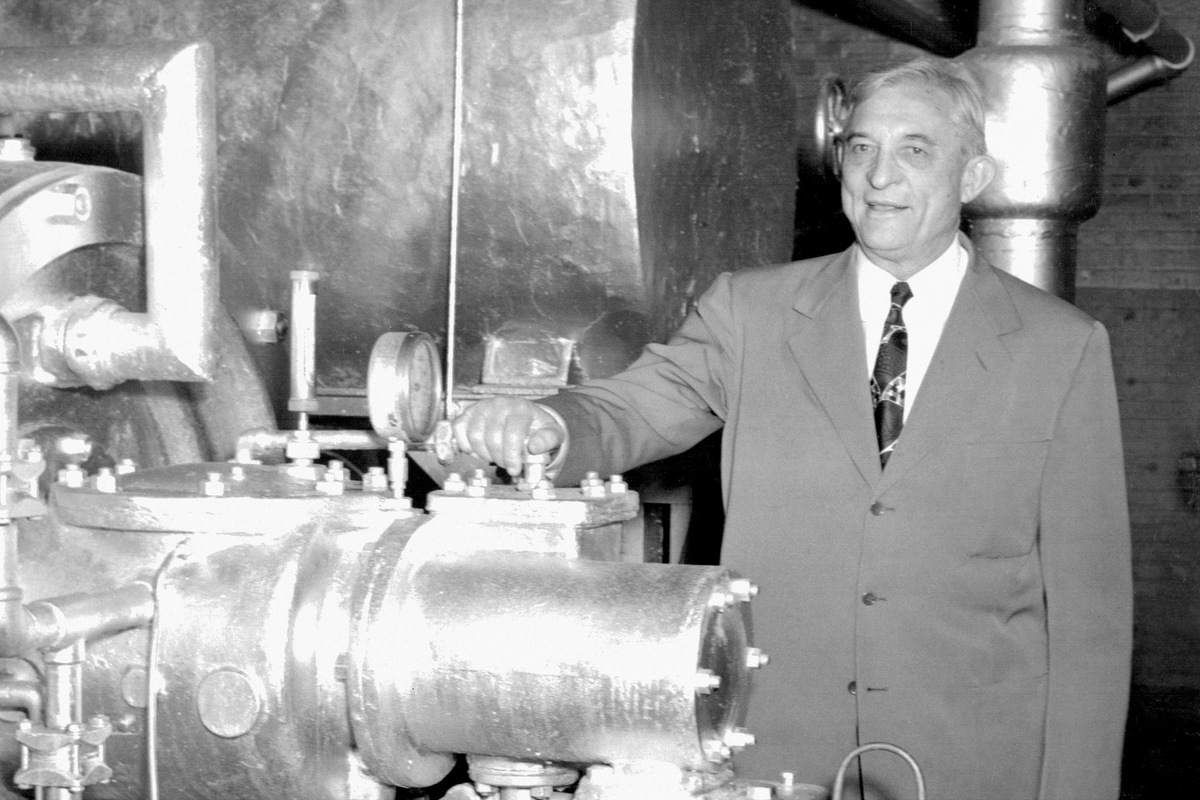







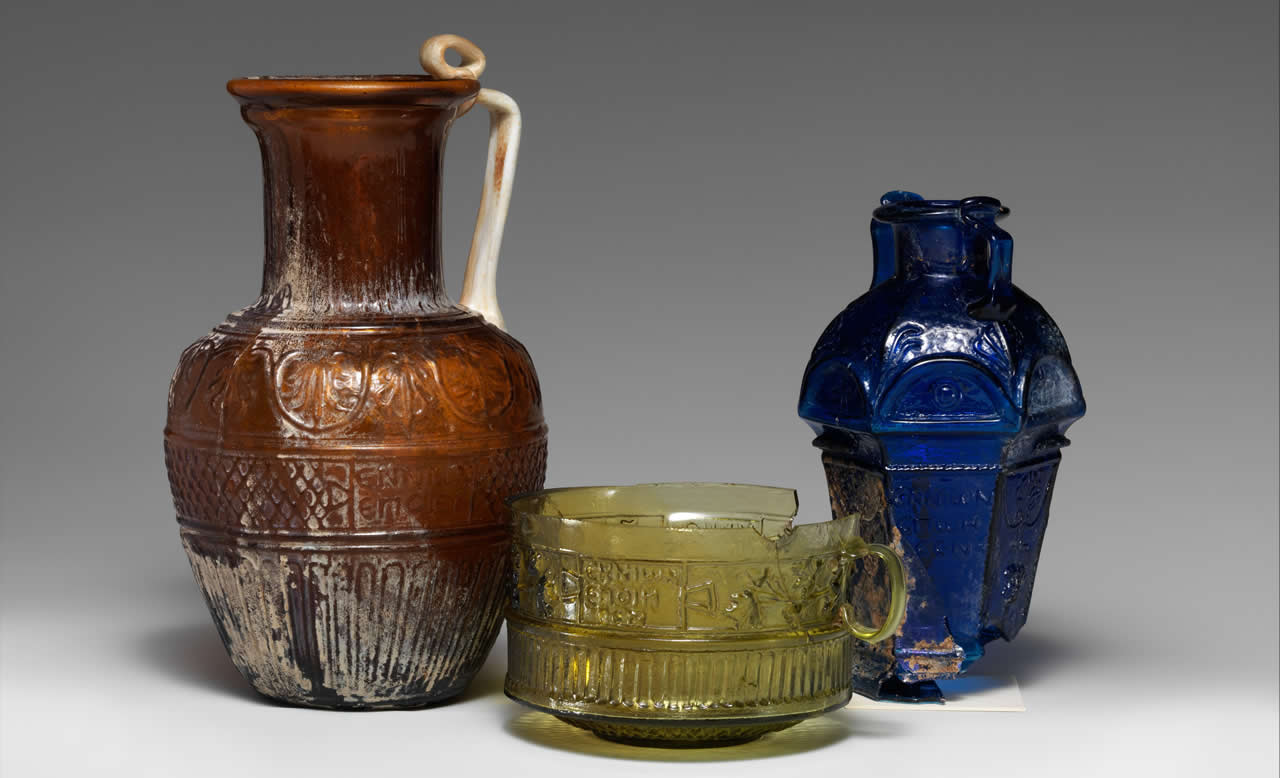

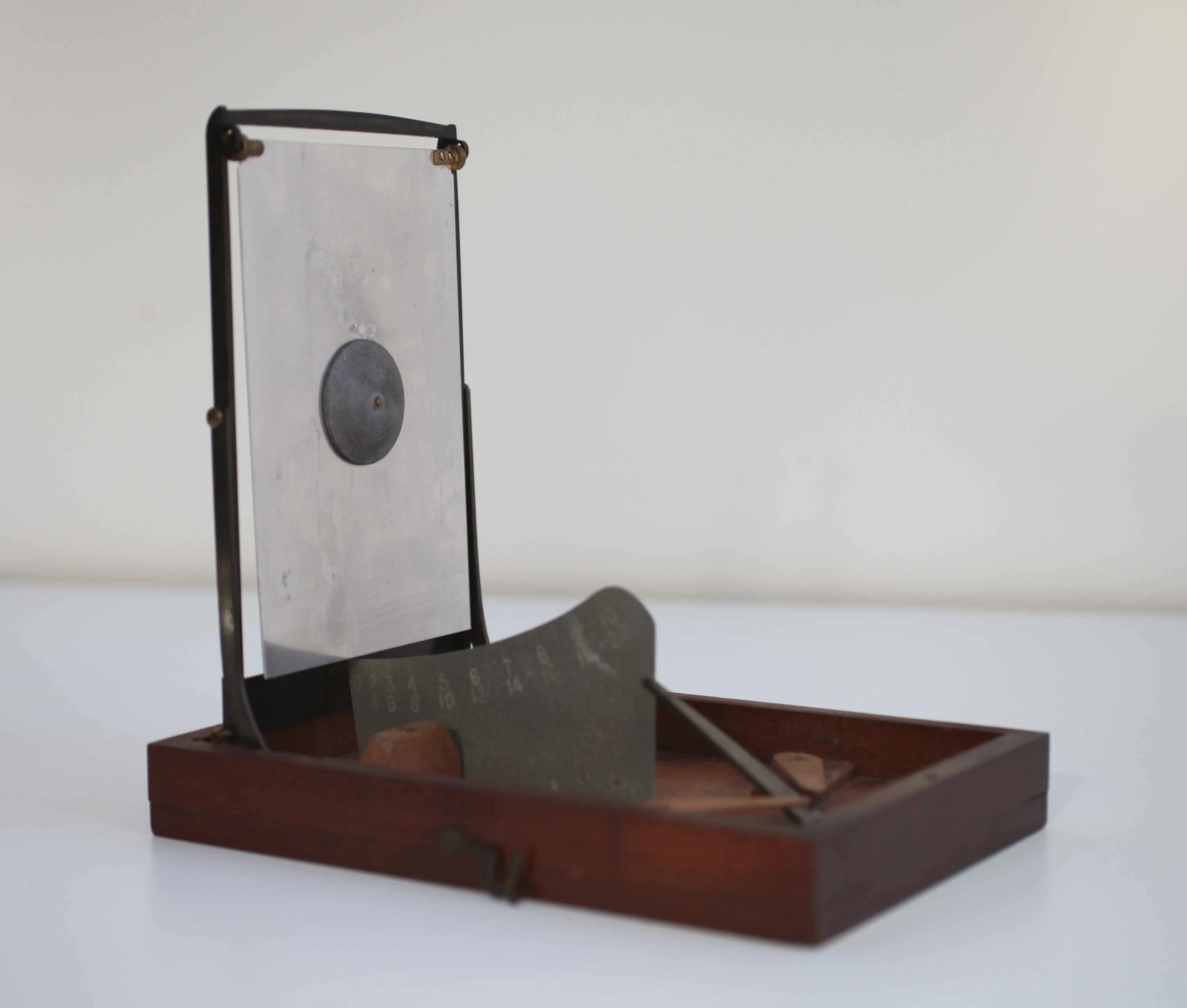
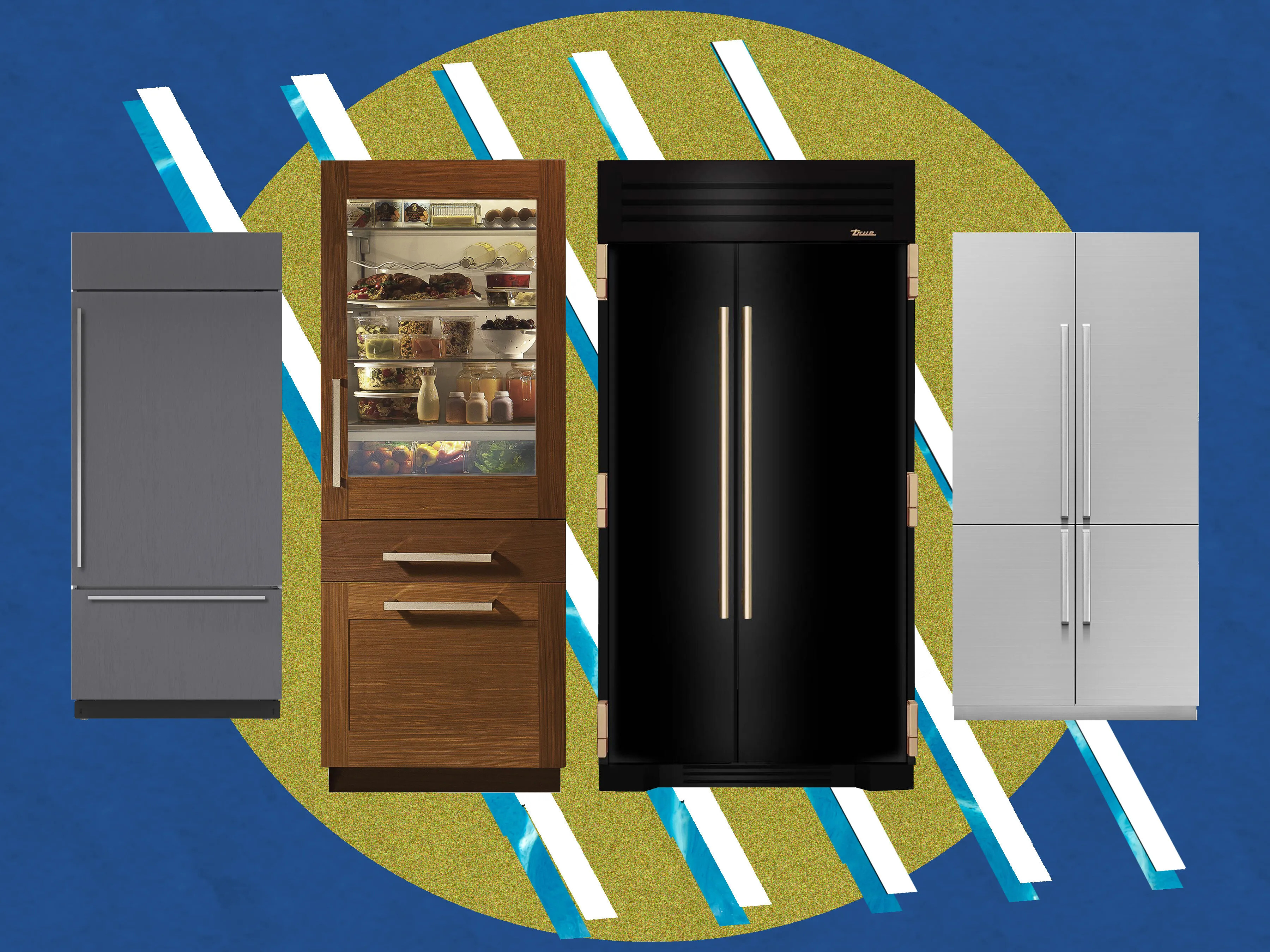


0 thoughts on “What Year Was The Refrigerator Invented”